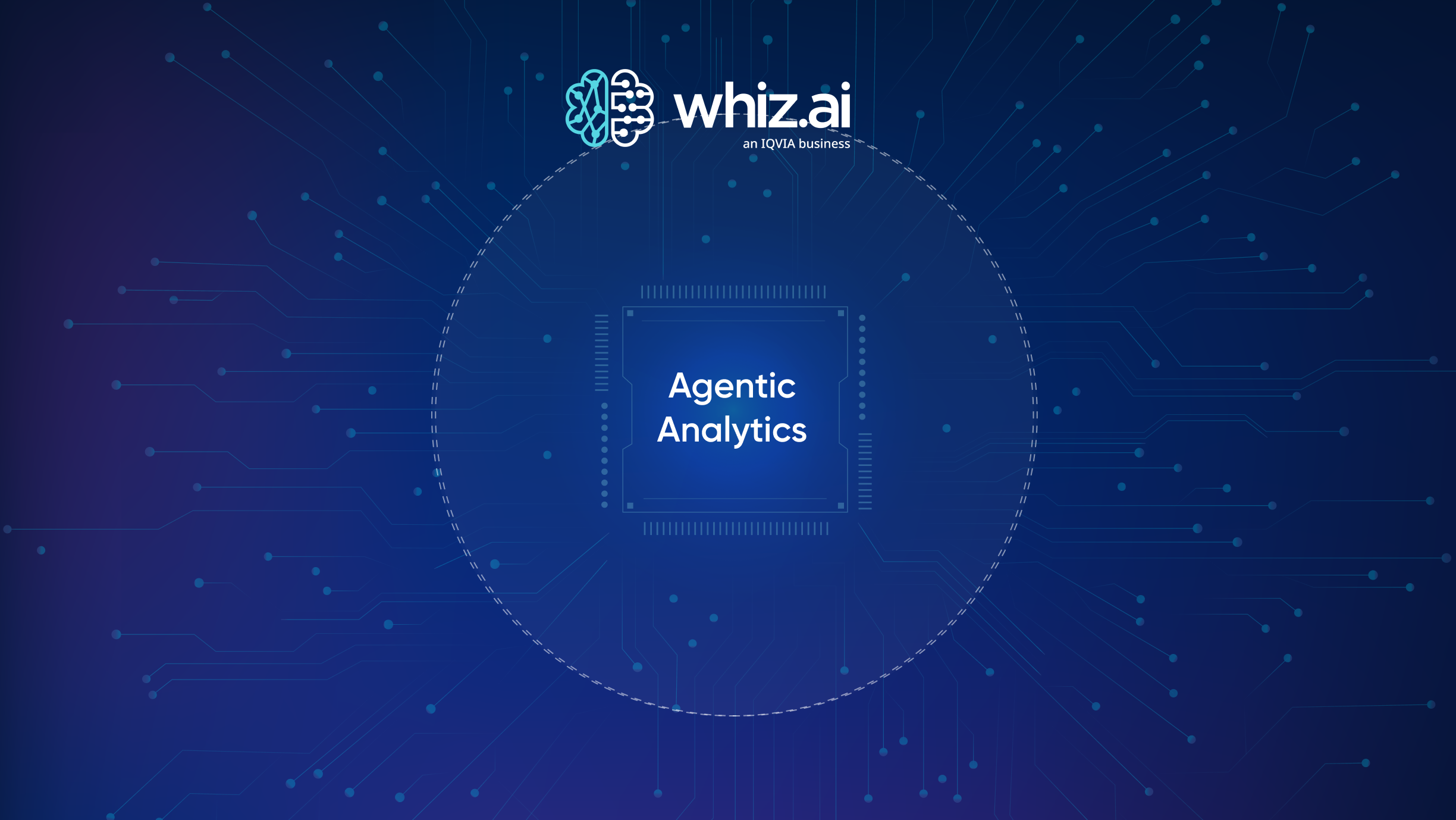How Life Sciences Commercial Teams Can Bridge the Data to Insights Gap


Life Science organizations are swimming in valuable data that can inform — even drive — critical business decisions. Over the last few years, data-rich companies in the industry have spent millions of dollars modernizing their data collection and management systems.
Despite this investment in data modernization, teams have struggled to turn that data into valuable, actionable insights.
Back in October ‘21, we had the pleasure to be a part of a panel discussion that discussed this exact topic. The panel experts included:
- Bijal Karande, the Head of Industry Solutions at WhizAI
- Manesh Jayagopal Naidu, the Chief Marketing Officer at Althera (ex-Mallinckrodt, Pfizer, Novartis)
- Prem Chandran Naveen, Digital Data and Analytics leader at Cognizant Life Science
The panel discussed the data-to-insights challenge and the solutions available to the modern life sciences organization. If you missed the discussion, you could watch the replay here: this debate is invaluable if your organization struggles with this data challenge. (And it shares some clear next steps you can take.)
But, if you’re looking for quick answers to the data deluge problem and need to leave the replay for later, here are three things commercial teams can do to bridge the data to insights gap.
Decrease the barrier between data and insights.
Traditionally, life science commercial teams leverage highly trained analysts to study mountains of data and generate relevant insights manually. This process is time-consuming and (somewhat) inflexible: the data teams have to build distinct dashboards for different queries. And, once a dashboard has been created, updating the data — or interacting with it in any way — requires high levels of technical skill and know-how.
These challenges increase the time to insights: you can only access them at the speed analysts can produce them, which leads to lags in communicating crucial information and to lost opportunities. To solve the insights problem, we need to remove the barrier between them and data. (Luckily, that’s the premise behind today’s augmented consumer platforms.)
Simplify access to insights for end-users.
End-users — the business users relying on data-driven insights to make decisions — aren’t usually as data-savvy as the analytics team. If there are sufficient barriers between them and the data — if the dashboards are too confusing or insights take too long to generate — they may ignore them and operate by the gut.
That’s why life science companies need to simplify access to insights. Augmented consumer platforms can help business users skip that step by directly interacting and querying the data. Instead of struggling with dashboards or people, business users can use voice or text to ask questions and get almost instant answers and insights.
Put the power directly in the hands of business users.
Analysts know data. Business users understand the business. And yet — because of the way legacy analytics tools work — analysts make complex interpretations and translate the insights they see in the data for the business users. Therefore, it adds a bias or another layer between business users and the insights they need.
To make the right decisions, the power to interact with the data needs to be in the hands of the business users directly: after all, they’re the ones who exactly understand what’s going on. Augmented AI can remove the go-between and simplify the whole process, reducing the time to insight, increasing data accuracy, and helping teams move on opportunities faster.
These insights are just the start.
Our panel discussion dug deeper: following trends and answering questions. Watch the replay here. Think about how increased speed to insights, greater accuracy, and a smooth, intuitive user experience can help you and your team compete with global pharma. Want to know how WhizAI might fit within your current ecosystem? Have a product question? Our product experts are here to help.


Subscribe to our blog








.png)






.avif)



.png)